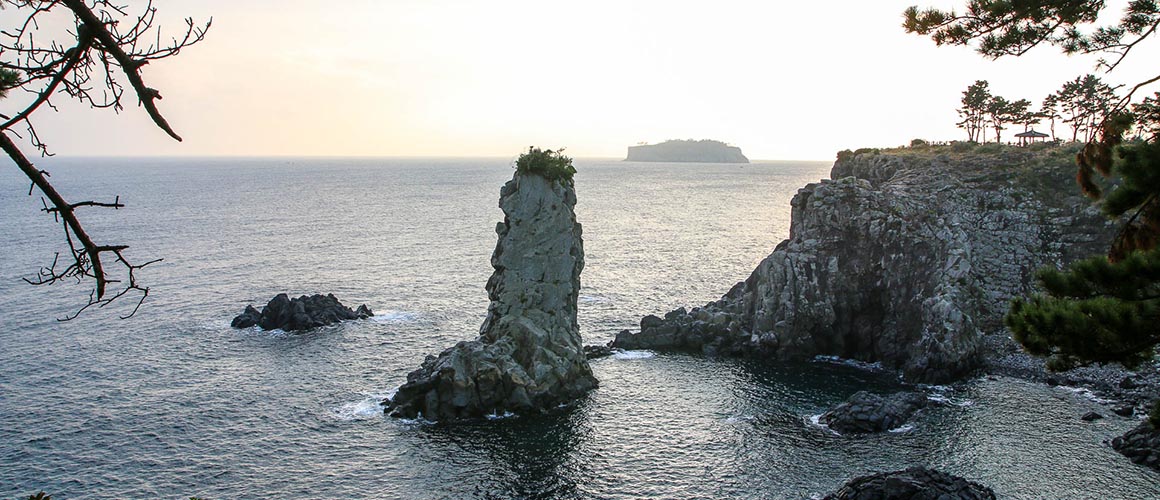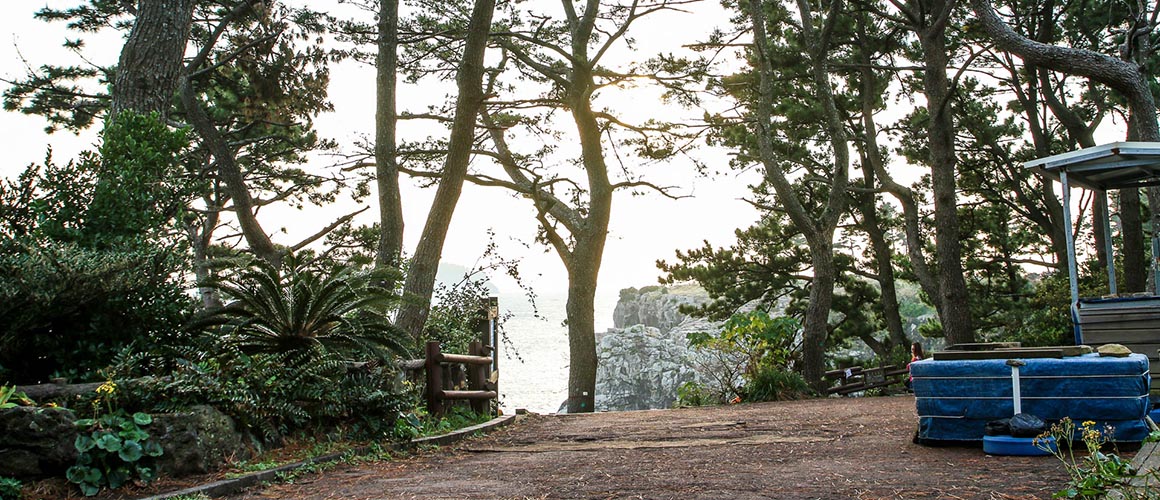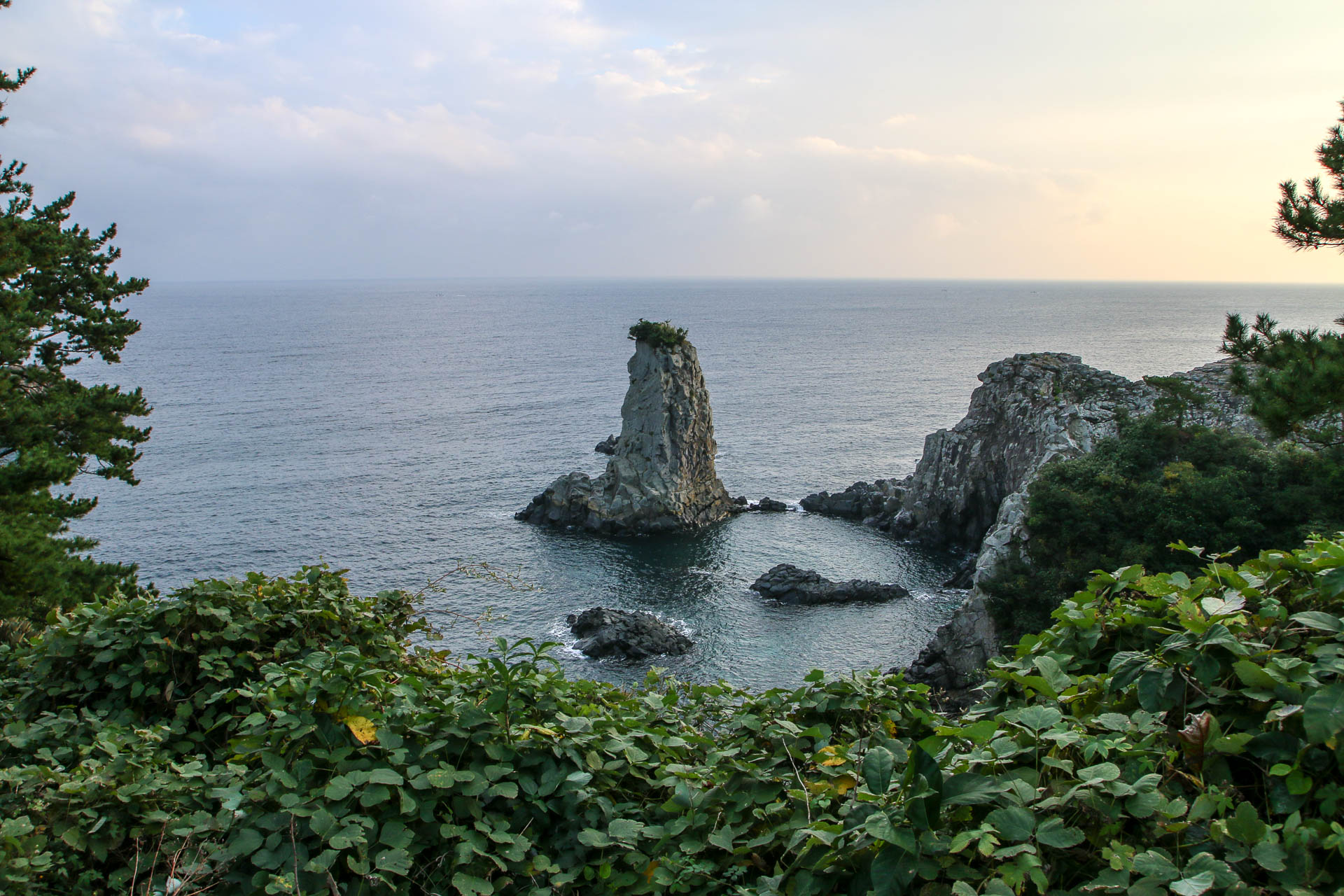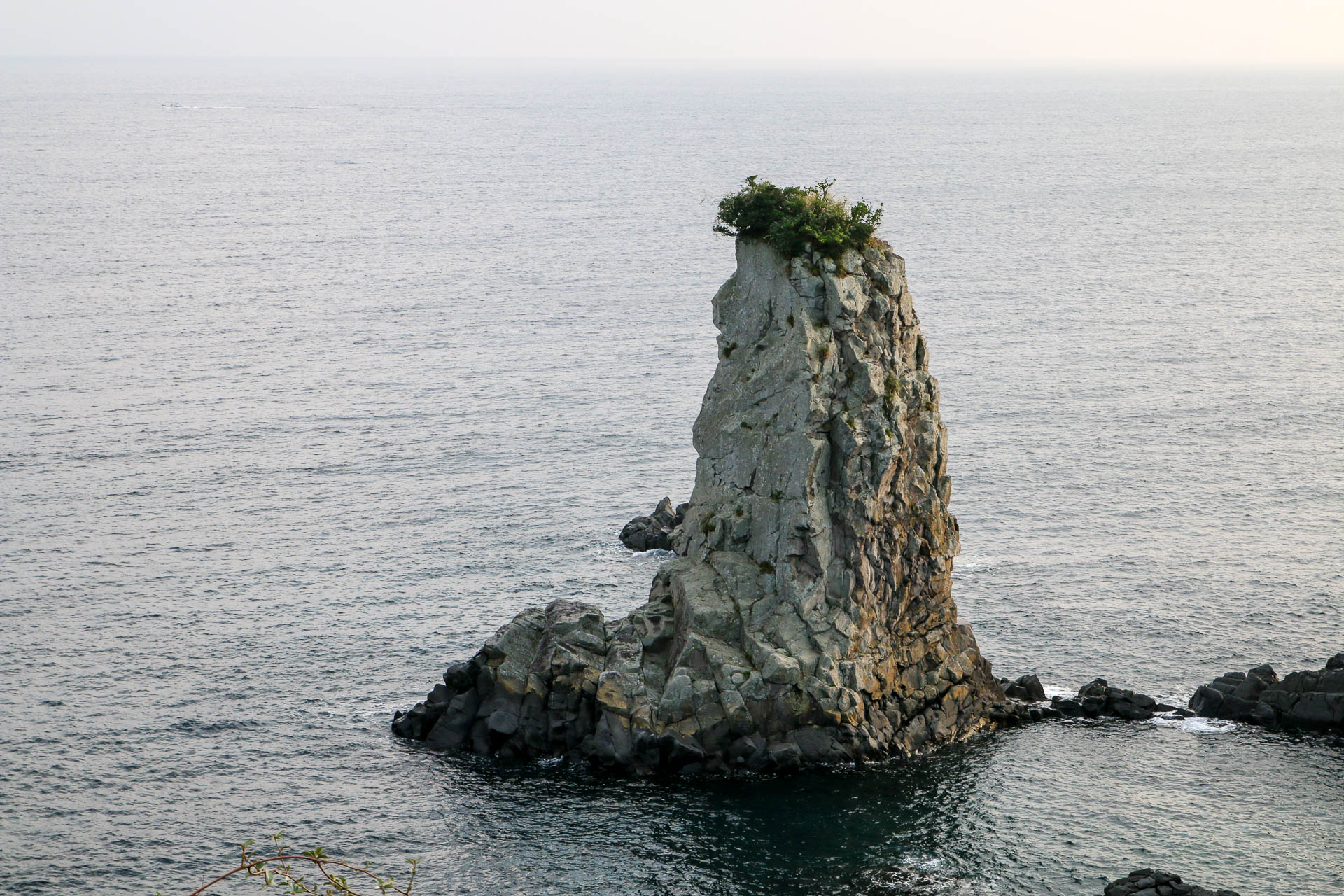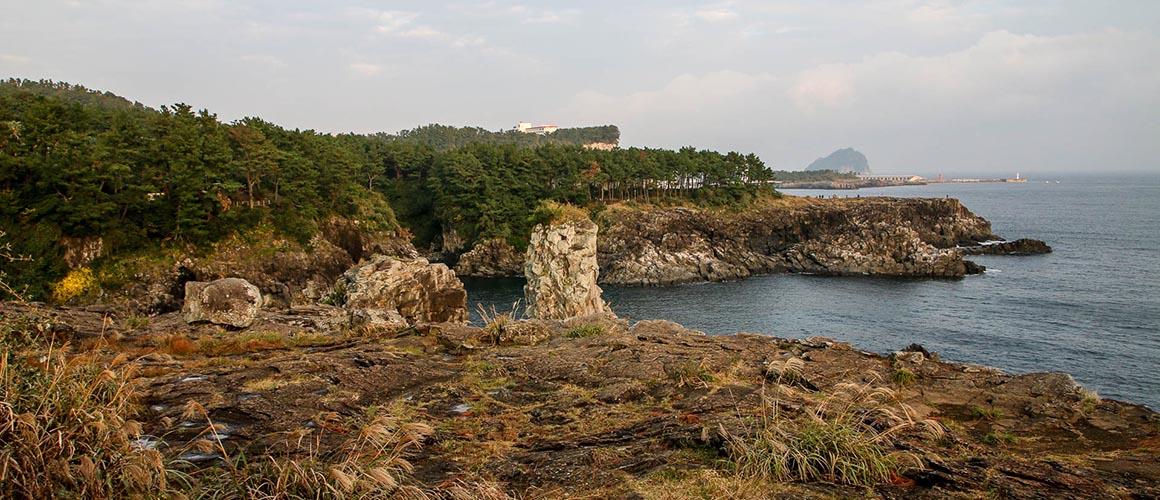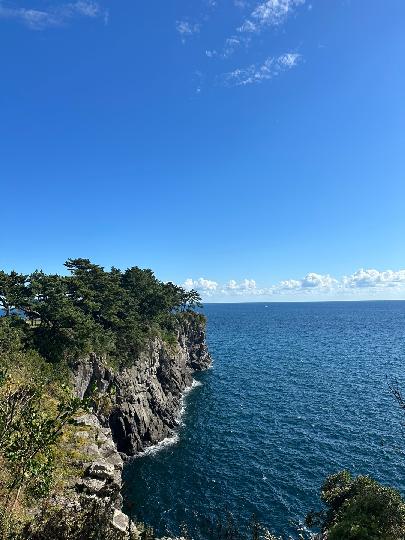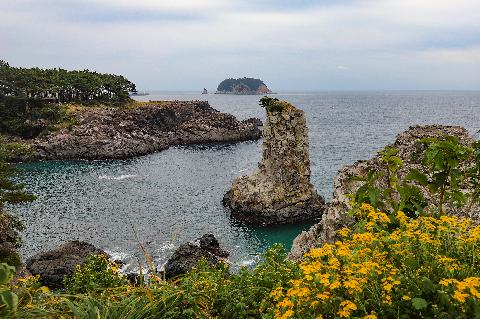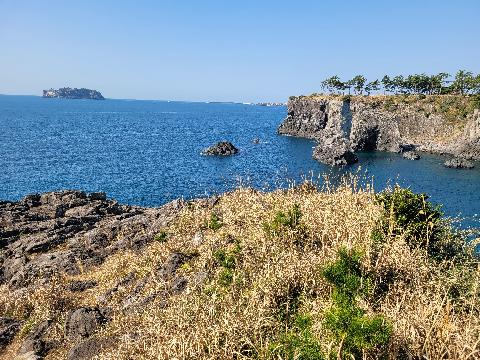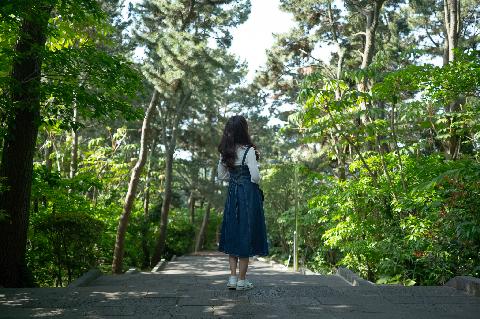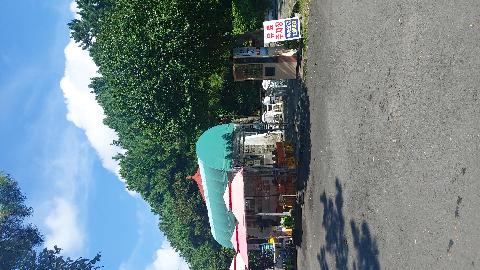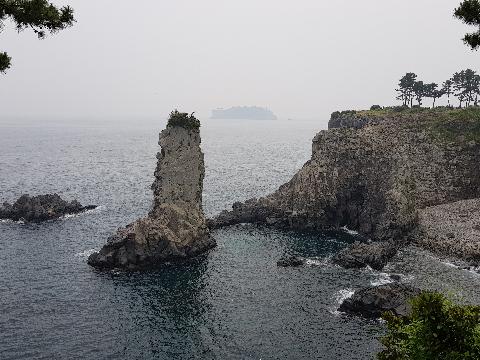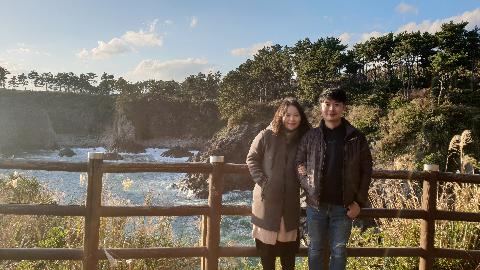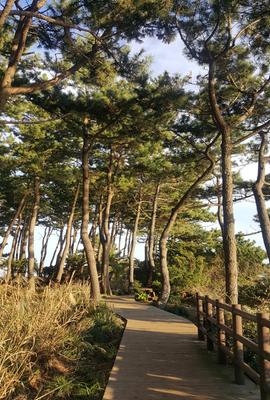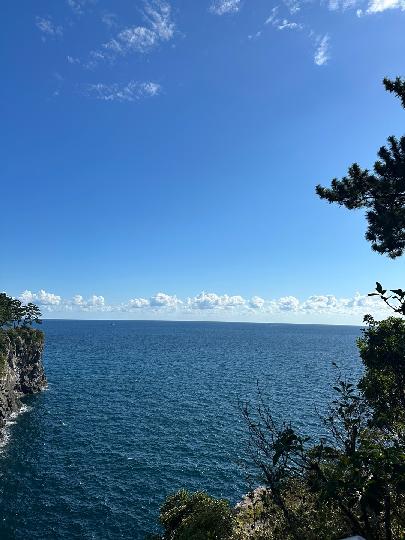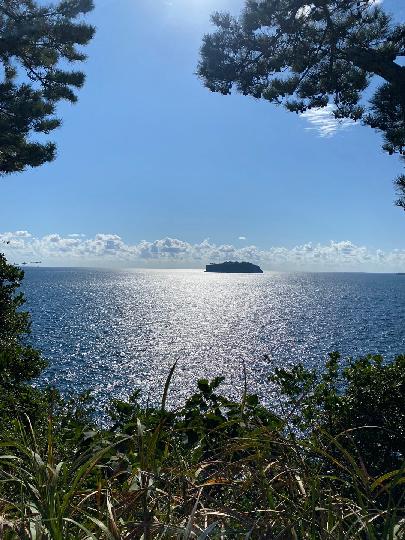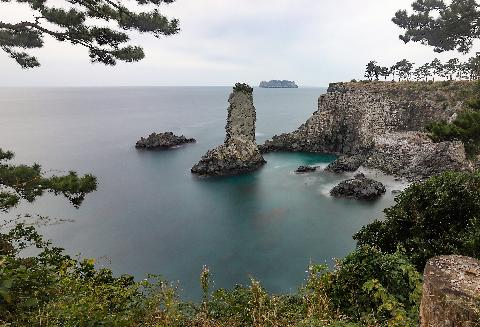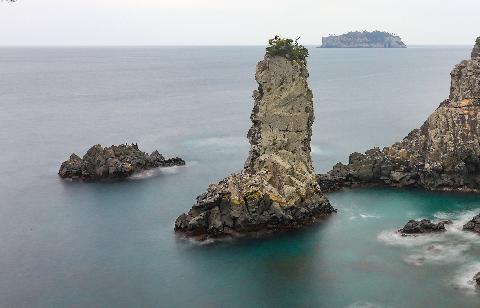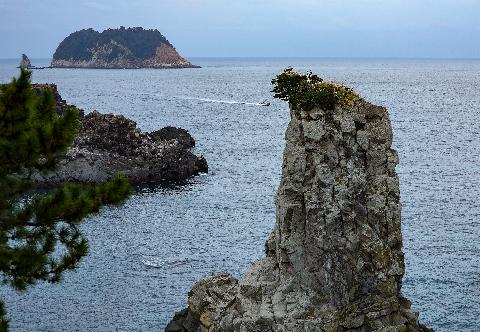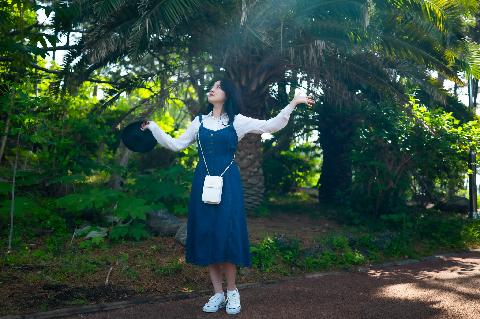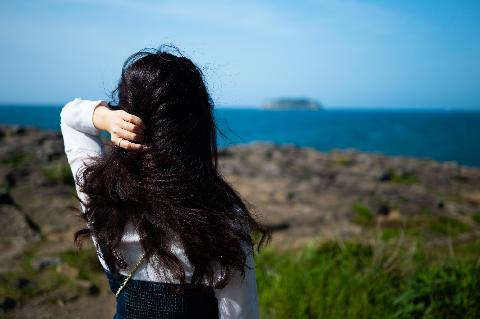en
CNTS_000000000018409
c1
Tourist Destination
contentscd>c1
Oedolgae Rock
region2
Seogwipo-si
region>region2
21
Seogwipo-si
region2>21
Sunrise,Seaside,Landscapes,Rest/Healing,Sunny,Fall,naturalscenery,beach,funinthewater,photospot,healing,sunrise,touristdestination
A Favorite Spot for Skin Scuba Divers
95673
40
29
100
805
0
5
5
Oedolgae
A Favorite Spot for Skin Scuba Divers
2
Very Difficult
assistneedscd>2
791, Seohong-dong, Seogwipo-si, Jeju-do
791, Seohong-dong, Seogwipo-si, Jeju-do
064-760-3192
33.240063
126.54573
<ol class="ui-sortable" id="sortable" style="list-style: none; margin: 0px; padding: 0px;" type="I"><li class="ui-sortable-handle"><a class="btn btn-black moveBtn" href="javascript%3Avoid(0)" style="height: 30px; float: left; display: none; cursor: move;">이동</a><a class="btn btn-black delEditor" style="width: 30px; padding-left: 10px; float: left;">DEL</a><div class="editorCls cke_editable cke_editable_inline cke_contents_ltr cke_show_borders" id="editor1481775493488" spellcheck="false" style="position: relative;" title="Rich Text Editor, editor1481775493488"><span class="cke_widget_wrapper cke_widget_inline cke_widget_image cke_image_nocaption" data-cke-display-name="image" data-cke-filter="off" data-cke-widget-id="0" data-cke-widget-wrapper="1" tabindex="-1"><img width="1160" height="450" class="cke_widget_element fr-fic fr-dii" style="width: 100%;" alt="" src="/ckImage/201611/ckeditor_5318435019652316185.jpg" data-cke-widget-upcasted="1" data-widget="image" data-cke-widget-keep-attr="0" data-cke-widget-data="%7B%22hasCaption%22%3Afalse%2C%22src%22%3A%22%2FckImage%2F201611%2Fckeditor_5318435019652316185.jpg%22%2C%22alt%22%3A%22%22%2C%22width%22%3A%221160%22%2C%22height%22%3A%22450%22%2C%22lock%22%3Atrue%2C%22align%22%3A%22none%22%2C%22classes%22%3Anull%7D" data-cke-saved-src="/ckImage/201611/ckeditor_5318435019652316185.jpg"><span class="cke_reset cke_widget_drag_handler_container" style='background: url("https://www.visitjeju.net/jtotour/cms/ckeditor/plugins/widget/images/handle.png") rgba(220, 220, 220, 0.498039); top: -15px; left: 0px; display: block;'><img class="cke_reset cke_widget_drag_handler fr-fic fr-dii" data-cke-widget-drag-handler="1" src="data:image/gif;base64,R0lGODlhAQABAPABAP///wAAACH5BAEKAAAALAAAAAABAAEAAAICRAEAOw==" width="15" title="Click and drag to move" height="15" draggable="true"></span></span></div></li><li class="ui-sortable-handle"><a class="btn btn-black moveBtn" href="javascript%3Avoid(0)" style="height: 30px; float: left; cursor: move; display: none;">이동</a><a class="btn btn-black delEditor" style="padding-left:10px;width:30px;float:left;">DEL</a><div class="editorCls cke_editable cke_editable_inline cke_contents_ltr cke_show_borders cke_focus" id="editor1482038710227" spellcheck="false" style="position: relative;" title="Rich Text Editor, editor1482038710227"><br>Oedolgae Rock, 20 m in height, is the first thing that you will see when you look at the rocks surrounding Namju’s Haegeumgang River and the Seogwipo Chilsimni Coast. About 2 km away to the west of Seogwipo City there is Sammaebong Parsitic Volcano and Oedolgae Rock, which stands on a beautiful shore near the mountain, and was formed when a volcano erupted and changed the island’s landscape about 150,000 years ago. Since it is a strong rock carved by wave erosion, it is called a sea stack. At the peak of the island, there are pine trees that are regenerating. <br><br>Since it is isolated far from the land and located lonely in the middle of the sea, it was named Oedolgae Rock. There is also a legend that says that the rock is actually a grandmother who transformed into a rock after waiting for a grandfather to return from fishing, and so it is also called Grandmother Rock. At the top of the rock, grass grows like human hair, and to the left you may see something that resembles facial features, including something that is shaped exactly like the grandmother who kept on calling out to the grandfather. </div></li><li class="ui-sortable-handle"><a class="btn btn-black moveBtn" href="javascript%3Avoid(0)" style="height: 30px; float: left; cursor: move; display: none;">이동</a><a class="btn btn-black delEditor" style="padding-left:10px;width:30px;float:left;">DEL</a><div class="editorCls cke_editable cke_editable_inline cke_contents_ltr cke_focus cke_show_borders" id="editor1482302797327" spellcheck="false" style="position: relative;" title="Rich Text Editor, editor1482302797327"><span class="cke_widget_wrapper cke_widget_inline cke_widget_image cke_image_nocaption" data-cke-display-name="image" data-cke-filter="off" data-cke-widget-id="0" data-cke-widget-wrapper="1" tabindex="-1"><img alt="" height="500" data-cke-saved-src="/ckImage/201700/ckeditor_7999419182643180862.jpg" src="/ckImage/201700/ckeditor_7999419182643180862.jpg" style="width: 100%;" width="1160" data-cke-widget-data="%7B%22hasCaption%22%3Afalse%2C%22src%22%3A%22%2FckImage%2F201700%2Fckeditor_7999419182643180862.jpg%22%2C%22alt%22%3A%22%22%2C%22width%22%3A%221160%22%2C%22height%22%3A%22500%22%2C%22lock%22%3Atrue%2C%22align%22%3A%22none%22%2C%22classes%22%3Anull%7D" data-cke-widget-upcasted="1" data-cke-widget-keep-attr="0" data-widget="image" class="cke_widget_element fr-fic fr-dii"><span class="cke_reset cke_widget_drag_handler_container" style='background: url("https://www.visitjeju.net/jtotour/cms/ckeditor/plugins/widget/images/handle.png") rgba(220, 220, 220, 0.498039); top: -15px; left: 0px; display: block;'><img class="cke_reset cke_widget_drag_handler fr-fic fr-dii" data-cke-widget-drag-handler="1" src="data:image/gif;base64,R0lGODlhAQABAPABAP///wAAACH5BAEKAAAALAAAAAABAAEAAAICRAEAOw==" width="15" title="Click and drag to move" height="15" draggable="true"></span></span><div style="height:20px;"><br></div><div data-cke-hidden-sel="1" data-cke-temp="1" style="position:fixed;top:0;left:-1000px;">이미지 widget</div></div></li><li class="ui-sortable-handle"><a class="btn btn-black moveBtn" href="javascript%3Avoid(0)" style="height: 30px; float: left; display: none; cursor: move;">이동</a><a class="btn btn-black delEditor" style="width: 30px; padding-left: 10px; float: left;">DEL</a><div class="editorCls cke_editable cke_editable_inline cke_contents_ltr cke_show_borders" id="editor1481775575339" spellcheck="false" style="position: relative;" title="Rich Text Editor, editor1481775575339"><ul style="list-style: none; margin: 0px; padding: 0px;"><li style="margin: 0px; padding: 0px; border: 0px solid currentColor; float: left;"><span class="cke_widget_wrapper cke_widget_inline cke_widget_image cke_image_nocaption" data-cke-display-name="image" data-cke-filter="off" data-cke-widget-id="1" data-cke-widget-wrapper="1" tabindex="-1"><img alt="" height="377" data-cke-saved-src="/ckImage/201700/ckeditor_5669658544236313602.jpg" src="/ckImage/201700/ckeditor_5669658544236313602.jpg" width="565" data-cke-widget-data="%7B%22hasCaption%22%3Afalse%2C%22src%22%3A%22%2FckImage%2F201700%2Fckeditor_5669658544236313602.jpg%22%2C%22alt%22%3A%22%22%2C%22width%22%3A%22565%22%2C%22height%22%3A%22377%22%2C%22lock%22%3Atrue%2C%22align%22%3A%22none%22%2C%22classes%22%3Anull%7D" data-cke-widget-upcasted="1" data-cke-widget-keep-attr="0" data-widget="image" class="cke_widget_element fr-fic fr-dii"><span class="cke_reset cke_widget_drag_handler_container" style='background: url("https://www.visitjeju.net/jtotour/cms/ckeditor/plugins/widget/images/handle.png") rgba(220, 220, 220, 0.498039); top: -15px; left: 0px; display: block;'><img class="cke_reset cke_widget_drag_handler fr-fic fr-dii" data-cke-widget-drag-handler="1" src="data:image/gif;base64,R0lGODlhAQABAPABAP///wAAACH5BAEKAAAALAAAAAABAAEAAAICRAEAOw==" width="15" title="Click and drag to move" height="15" draggable="true"></span></span></li><li style="margin: 0px; padding: 0px; border: 0px solid currentColor; text-align: right;"><span class="cke_widget_wrapper cke_widget_inline cke_widget_image cke_image_nocaption" data-cke-display-name="image" data-cke-filter="off" data-cke-widget-id="0" data-cke-widget-wrapper="1" tabindex="-1"><img alt="" height="377" data-cke-saved-src="/ckImage/201700/ckeditor_8776798258998142832.jpg" src="/ckImage/201700/ckeditor_8776798258998142832.jpg" width="565" data-cke-widget-data="%7B%22hasCaption%22%3Afalse%2C%22src%22%3A%22%2FckImage%2F201700%2Fckeditor_8776798258998142832.jpg%22%2C%22alt%22%3A%22%22%2C%22width%22%3A%22565%22%2C%22height%22%3A%22377%22%2C%22lock%22%3Atrue%2C%22align%22%3A%22none%22%2C%22classes%22%3Anull%7D" data-cke-widget-upcasted="1" data-cke-widget-keep-attr="0" data-widget="image" class="cke_widget_element fr-fic fr-dii"><span class="cke_reset cke_widget_drag_handler_container" style="background:rgba(220,220,220,0.5);background-image:url(https://www.visitjeju.net/jtotour/cms/ckeditor/plugins/widget/images/handle.png);"><img class="cke_reset cke_widget_drag_handler fr-fic fr-dii" data-cke-widget-drag-handler="1" src="data:image/gif;base64,R0lGODlhAQABAPABAP///wAAACH5BAEKAAAALAAAAAABAAEAAAICRAEAOw==" width="15" title="Click and drag to move" height="15" draggable="true"></span></span></li></ul><div data-cke-hidden-sel="1" data-cke-temp="1" style="position:fixed;top:0;left:-1000px;">이미지 widget</div></div></li><li class="ui-sortable-handle"><a class="btn btn-black moveBtn" href="javascript%3Avoid(0)" style="height: 30px; float: left; cursor: move; display: none;">이동</a><a class="btn btn-black delEditor" style="padding-left:10px;width:30px;float:left;">DEL</a><div class="editorCls cke_editable cke_editable_inline cke_contents_ltr cke_show_borders" id="editor1482038748275" spellcheck="false" style="position: relative;" title="Rich Text Editor, editor1482038748275"><br>Right underneath Oedolgae Rock there is a rock that looks as if it is floating on the water. According to legend, this rock is the grandfather, who died and was transformed into a rock. Behind the rock there is Seonnyeo Rock, which translates to Angel Rock and looks as if it is hugging the old couple. According to a different legend, at the end of the Goryeo Dynasty when General Choi Young fought against the people of Mokho, who had conquered Jeju Island at the time, Beomsum Island right behind Oedolgae Rock was the place of the last battle. As part of his military strategy, General Choi dressed Oedolgae Rock to look like an enormous soldier. Upon seeing the rock from a distance, the people of Mokho mistook the rock to be the general, concluded that they had completely lost the battle, and killed themselves. Therefore, this rock is also referred to as General Rock. On the top of this rock there is an expansive grass field and the surrounding area is a popular fishing spot. <br><br>The scenery behind Oedolgae Rock just after sunrise is amazing. If you are staying in the Seogwipo area, it is a great place to visit along with Sammaebong Parasitic Volcano both in the morning and night. The natural reserves of Munseom and Bumseom islands nearby were designated as the 421st Natural Monuments of Korea (on July 18, 2000).</div></li><li class="ui-sortable-handle"><a class="btn btn-black moveBtn" href="javascript%3Avoid(0)" style="height: 30px; float: left; display: none; cursor: move;">이동</a><a class="btn btn-black delEditor" style="width: 30px; padding-left: 10px; float: left;">DEL</a><div class="editorCls cke_editable cke_editable_inline cke_contents_ltr cke_show_borders" id="editor1481775759556" spellcheck="false" style="position: relative;" title="Rich Text Editor, editor1481775759556"><span class="cke_widget_wrapper cke_widget_inline cke_widget_image cke_image_nocaption" data-cke-display-name="image" data-cke-filter="off" data-cke-widget-id="0" data-cke-widget-wrapper="1" tabindex="-1"><img alt="" height="500" data-cke-saved-src="/ckImage/201700/ckeditor_2976446067049670324.jpg" src="/ckImage/201700/ckeditor_2976446067049670324.jpg" style="width: 100%;" width="1160" data-cke-widget-data="%7B%22hasCaption%22%3Afalse%2C%22src%22%3A%22%2FckImage%2F201700%2Fckeditor_2976446067049670324.jpg%22%2C%22alt%22%3A%22%22%2C%22width%22%3A%221160%22%2C%22height%22%3A%22500%22%2C%22lock%22%3Atrue%2C%22align%22%3A%22none%22%2C%22classes%22%3Anull%7D" data-cke-widget-upcasted="1" data-cke-widget-keep-attr="0" data-widget="image" class="cke_widget_element fr-fic fr-dii"><span class="cke_reset cke_widget_drag_handler_container" style='background: url("https://www.visitjeju.net/jtotour/cms/ckeditor/plugins/widget/images/handle.png") rgba(220, 220, 220, 0.498039); top: -15px; left: 0px; display: block;'><img class="cke_reset cke_widget_drag_handler fr-fic fr-dii" data-cke-widget-drag-handler="1" src="data:image/gif;base64,R0lGODlhAQABAPABAP///wAAACH5BAEKAAAALAAAAAABAAEAAAICRAEAOw==" width="15" title="Click and drag to move" height="15" draggable="true"></span></span><figcaption style="text-align: center;"><br></figcaption><div data-cke-hidden-sel="1" data-cke-temp="1" style="position:fixed;top:0;left:-1000px;">이미지 widget</div><div data-cke-hidden-sel="1" data-cke-temp="1" style="position:fixed;top:0;left:-1000px;">이미지 widget</div></div></li></ol>Open All Year Round
y
Y
codeyn>y
20161007104747
외돌개
{
"photoid": 2019022584891,
"imgpath": "https://api.cdn.visitjeju.net/photomng/imgpath/202110/26/7330f145-125e-4ee4-a1c5-05826a8fefe7.jpg",
"thumbnailpath": "https://api.cdn.visitjeju.net/photomng/thumbnailpath/202110/26/6ed1f3cf-5a0a-45d3-9234-b730d18907a3.jpg"
}



